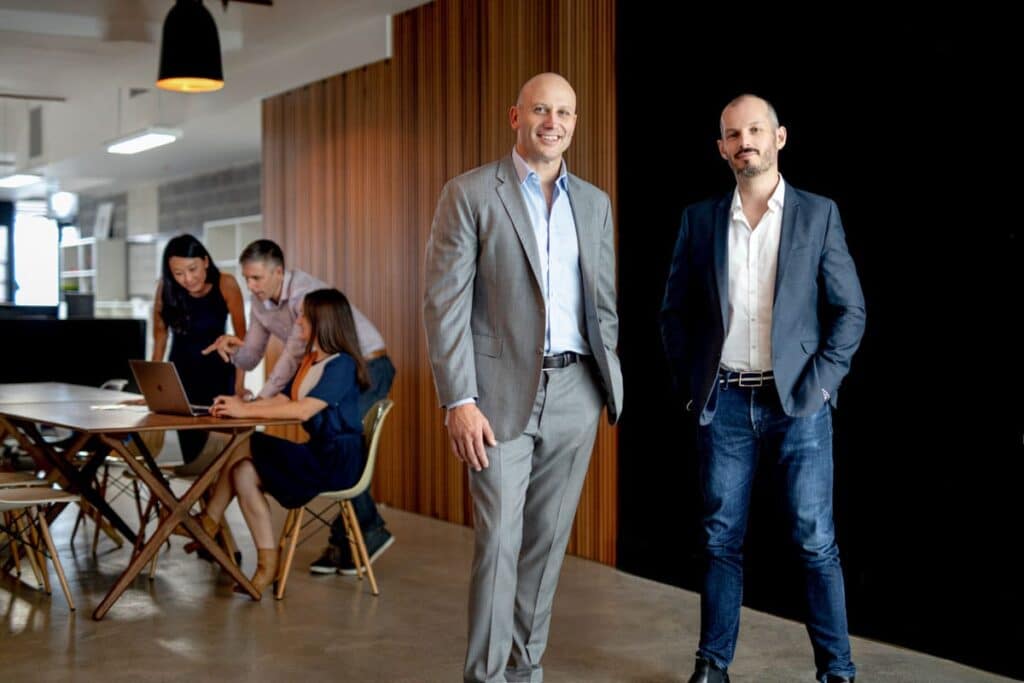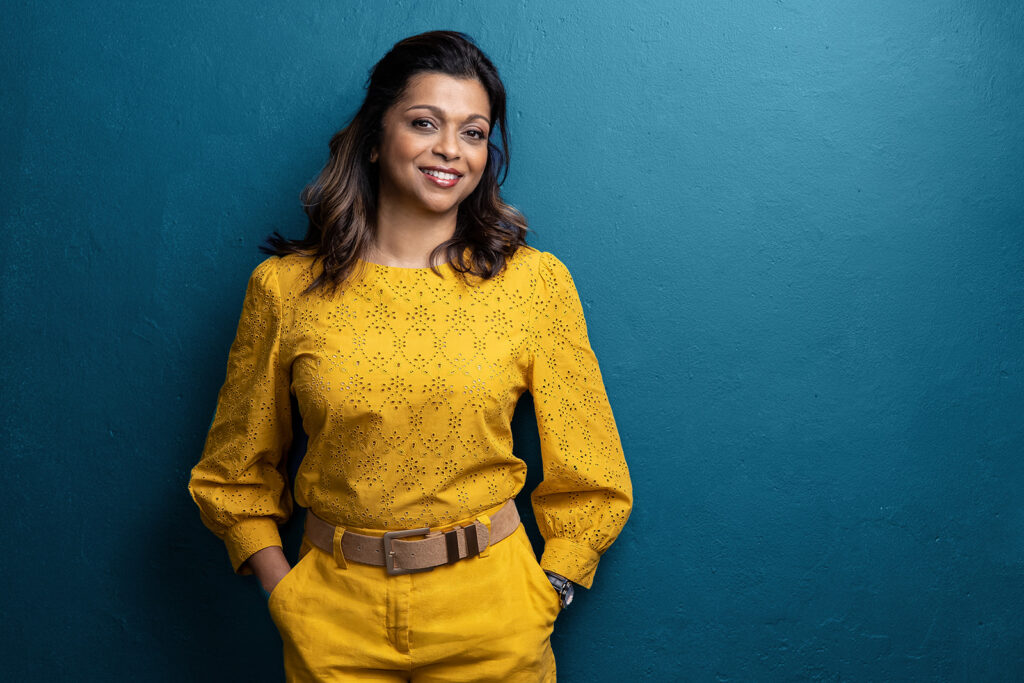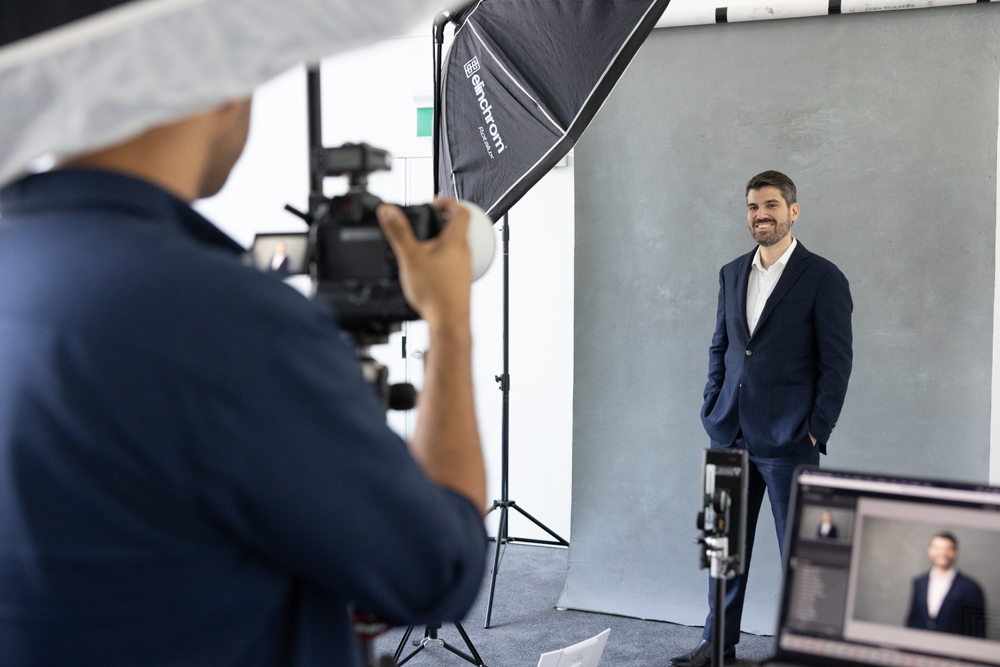Lighting is the unsung hero of professional headshots. The right lighting can make or break a photo. It plays the most important role in setting the mood, highlighting a subject’s features and ensuring detail and clarity. Regardless of whether you’re using natural or studio light, understanding the basics of lighting is the difference between a mediocre and an excellent headshot. A well-illuminated headshot will convey a powerful message, evoke emotions, and be the centrepiece of your portfolio/profile. A poorly lit shot, on the other hand, will end up in the recycle bin.
Understanding The Basics of Lighting
Before looking at some of the most popular headshot lighting techniques, it’s important to grasp the basics. Understanding these fundamentals is the cornerstone to mastering more advanced lighting methods.
Key Light
The key light is the main light used during a professional shoot. It’s typically the brightest light, positioned to one side of the camera, and is designed to highlight the form and dimension of the subject.
Fill Light
The fill light is a secondary light source used to reduce the contrast of a scene and provide some illumination for the areas of the image that are in shadow. It’s softer and less bright than the key light and is usually placed on the opposite side of the camera to balance out the key light’s shadows.
Backlight
The backlight – as you may have guessed – is positioned behind the subject, creating a glow effect around their profile. This helps distinguish them from the background, giving the headshot a three-dimensional appearance and adding depth and definition to their features.
Lighting Techniques
The Classic Three-Point Lighting Technique
The three-point headshot lighting technique is a time-tested method that employs the three light sources listed above – key, fill and backlight – to create a well-lit, balanced headshot. Learning the concept of three-point lighting is incredibly helpful for anyone who wants to grasp the basics of professional lighting in still photography. To set up a three-point lighting system, place the key light at a 45-degree angle from the subject, add a fill light to soften shadows, and position a backlight behind the subject to provide depth and separation.
Exploring The Butterfly Lighting Technique
Butterfly lighting is a go-to technique for many experienced headshot photographers. It’s all about creating a captivating and unique look by casting a distinct shadow pattern on the subject’s face. The trick is to aim the light downwards, which lights up the face and casts a symmetrical shadow under the nose. The shadow looks like a butterfly, and headshot photographers love this technique because it highlights the cheekbones and jawline.
The Fundamental Clamshell Lighting
Clamshell lighting uses a two-light setup to create a clean, approachable look. One light is placed above the subject and another below, often with a reflector, to illuminate the subject and minimise shadows. Clamshell light, which accentuates facial features and creates a professional look, is most often used in corporate photography.
The Loop Lighting Effect
Loop lighting is a popular method used to cast a slight shadow of the subject’s nose onto their cheek. To achieve this, the light source is set at a 45-degree angle, positioned a little higher than their eye level. This technique is famous for taking professional headshots because it gives a natural, 3D look, flatters most face types, and adds depth and dimension to the subject’s face. It also brings out the contours of the face without creating harsh shadows, making it perfect for professional headshots.
The Dramatic Effect of Split Lighting
The split lighting technique is popular among photographers who desire a bold visual contrast in their headshots. The subject’s face is illuminated by a key light on one side, creating a powerful and alluring contrast with the other half in shadow.
Broad and Short Lighting: Which One to Choose?
Broad and short lighting are techniques photographers use to manipulate the appearance of a subject’s face. Broad lighting illuminates the broad side of the subject’s face that is directed towards the camera, making it appear wider, while short lighting lights up the side facing away, resulting in a slimming effect. The choice between the two depends on the subject’s features and the desired atmosphere.
The Magic of Natural Light in Headshots
Natural light is a favourite tool for many headshot photographers, who know that when used right, it can yield incredibly soft yet striking headshots. The key is to find a space with plenty of light and plan your shoot when it’s at its best. Many headshot photographers prefer natural light because of the depth and dimension it can add to their shots.
Final Thoughts
Each headshot lighting technique offers a distinctive and unique effect. Whether it’s the balanced illumination of three-point lighting, the dramatic contrast of split lighting, or the soft glow of natural light, the key lies in experimentation. Dare to explore these different styles and master their intricacies, and you’ll find your own distinctive style, illuminating your professional headshots with brilliance.
At Hero Shot, we understand the importance of a striking headshot that highlights your finest qualities – whether it’s for LinkedIn, your website, or personal branding. So why wait? Contact us today for the perfect professional headshot!






